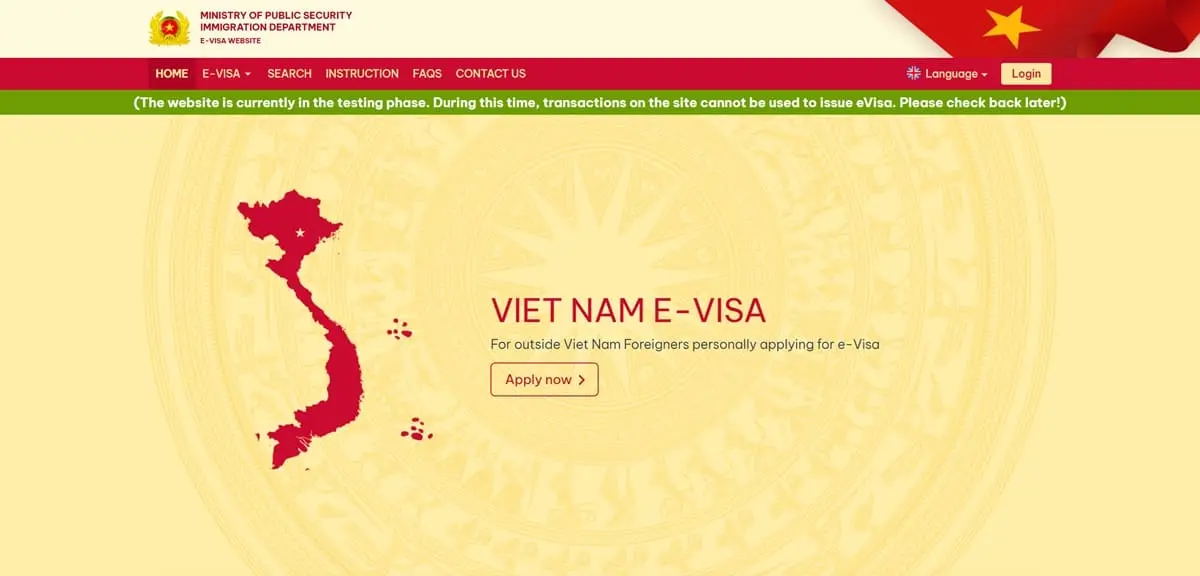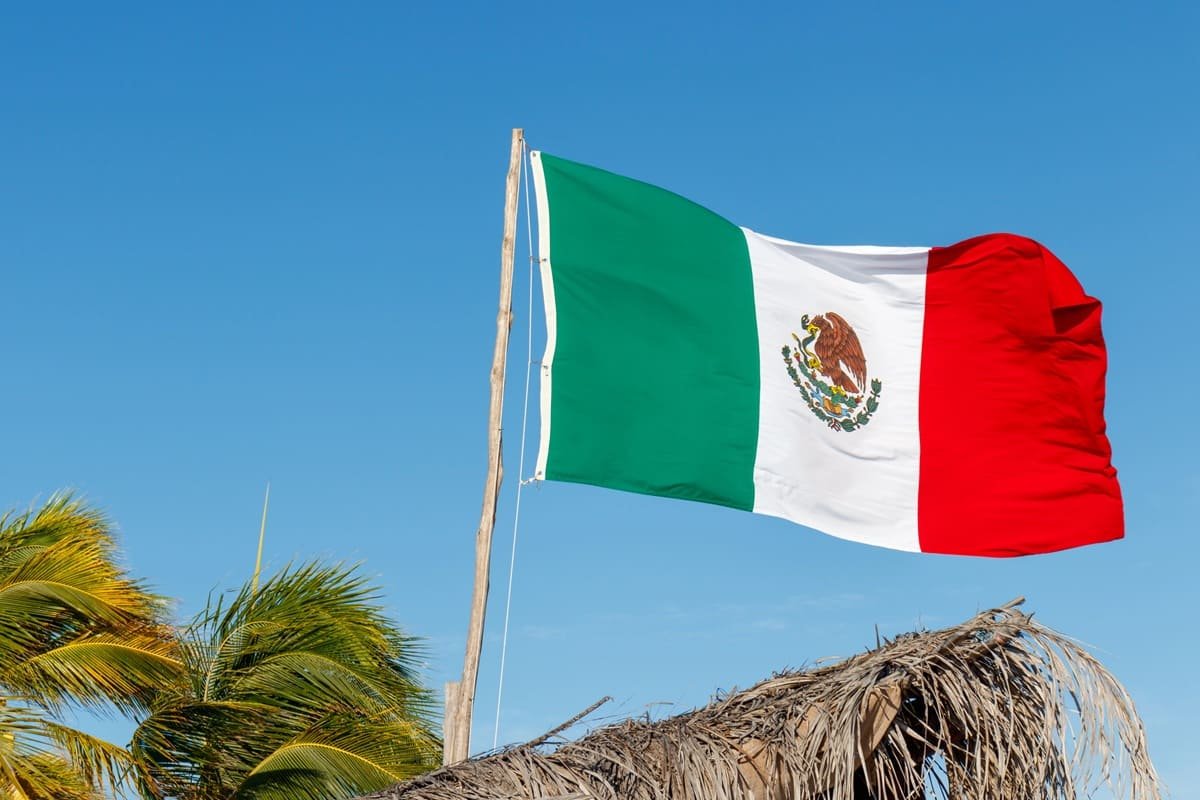Starting November 11, 2024, international travelers to Vietnam will be able to apply for their electronic visa (e-Visa) through a new portal.
Since its launch in February 2017, the Vietnam e-Visa has undergone several evolutions. Eligible nationalities, visa types or even validity and authorized length of stay, the electronic visa has continually improved in recent years and is now an ideal solution for travelers preparing their trip to Vietnam.
The Immigration Department of the Vietnamese Ministry of Public Security today announced a new development of the e-Visa, with the launch of a brand new optimized portal on November 11, 2024 to make things easier for applicants.
“In particular, the new interface will be upgraded, greatly improved and will include answers to frequently asked questions, in both English and Vietnamese,” says Pham Dang Khoa, Director of the Immigration Department.
According to the official, the current portal evisa.xuatnhapcanh.gov.vn, which receives up to 15,000 daily e-visa applications, will remain active alongside the new site, already available at the simplified address evisa.gov.vn. The url thithucdientu.gov.vn can also be used to access the new e-Visa portal.

Information and documents required to apply for an e-Visa
On this new site, e-Visa applicants upload a passport photo and a copy of their passport information page.
The system compares the photo uploaded with the one in the passport, establishes a percentage match between the two images and then extracts the data present in the passport to pre-fill the e-Visa form.
The applicant must verify and complete a number of personal details (surname, first name, date of birth, gender, nationality, etc.), passport details (number, date of issue and expiry, etc.), professional details, travel details and the type of visa required.
As of August 15, 2023, citizens of any country in the world can apply for an e-visa to travel to Vietnam. What’s more, applicants can choose between a single-entry (US$25) or multiple-entry (US$50) visa.
While the e-Visa has only allowed the holder to stay in Vietnam for 30 days since its inception, since August 2023 it has allowed the holder to stay in the country for up to 90 days.
42 entry points to Vietnam available for e-Visa holders
Travelers with an approved electronic visa can arrive in Vietnam from the following 42 entry points:
Airports:
- Hanoi Noi Bai International Airport
- Ho Chi Minh City Tan Son Nhat International Airport
- Hai Phong Cat Bi International Airport
- Cam Ranh International Airport
- Can Tho International Airport
- Da Nang International Airport
- Phu Bai International Airport
- Phu Quoc International Airport
- Van Don International Airport
- Dong Hoi Airport
- Lien Khuong Airport
- Phu Cat Airport
- Tho Xuan Airport
Seaports:
- Cam Pha Port
- Chan May Port
- Da Nang Port
- Dung Quat Port
- Port of Duong Dong
- Ho Chi Minh City Port
- Hon Gai Port
- Hai Phong Port
- Nha Trang Port
- Nghi Son Port
- Quy Nhon Port
- Vung Ang Port
- Vung Tau Port
Land checkpoints:
- Bo Y (border with Laos)
- Cha Lo (border with Laos)
- Cau Treo (border with Laos)
- Huu Nghi (border with China)
- Ha Tien (border with Cambodia)
- Lao Bao (border with Laos)
- Lao Cai (border with China)
- La Lay (border with Laos)
- Moc Bai (border with Cambodia)
- Mong Cai (border with China)
- Nam Can (border with Laos)
- Na Meo (border with Laos)
- Tinh Bien (border with Cambodia)
- Tay Trang (border with Laos)
- Vinh Xuong (border with Cambodia)
- Xa Mat (border with Cambodia)
Over 14 million international tourists to Vietnam by 2024
Vietnam grants visa-free entry to nationals of 27 countries. The length of visa-free stay varies from 14 days to 90 days, depending on the traveler’s citizenship.
In mid-2023, Vietnam extended visa-free travel from 15 days to 45 days for citizens of the following 13 countries: France, Germany, Belarus, South Korea, Denmark, Spain, Finland, Italy, Japan, Norway, the UK, Russia and Sweden.
According to data recently released by the National Tourism Administration, the total number of international tourists arriving in Vietnam in the first 10 months of 2024 reached over 14.1 million, an increase of 41.3% on the same period in 2023. Last year, Vietnam welcomed 12.6 million foreign visitors.
The biggest markets for international visitors to Vietnam in October 2024 are South Korea, China, Taiwan, the USA, Japan, India, Australia, Cambodia, Thailand and Malaysia.
The markets with the highest number of visitors compared to September 2024 are: Switzerland (+68%), Sweden (+66%), France (+64%), Poland (+58%), Denmark (+52%), Canada (+48%), the UK (+44%), Germany (+42%) or even Belgium (up 27%).
According to the authorities, Vietnam’s tourism industry is well positioned to achieve its goal of welcoming 17 to 18 million international visitors by the end of 2024.







Hi
Can anyone confirm if E-visas acquired after the updated system have no gender on them.
Thanks.